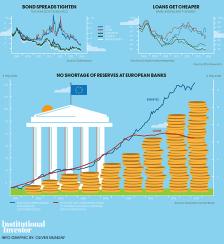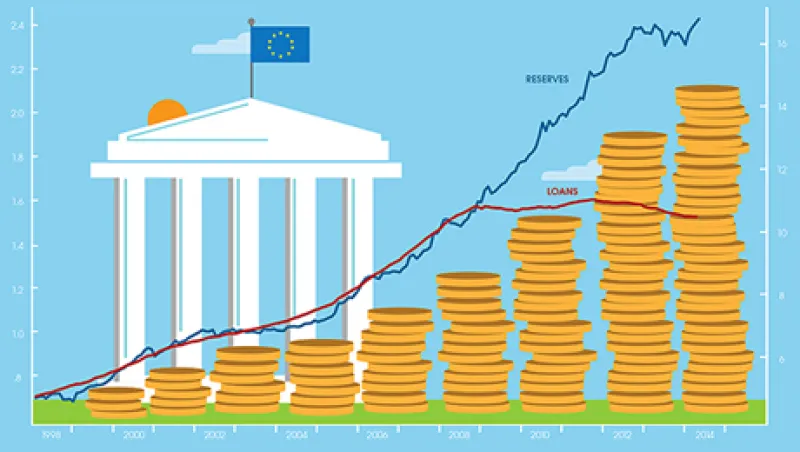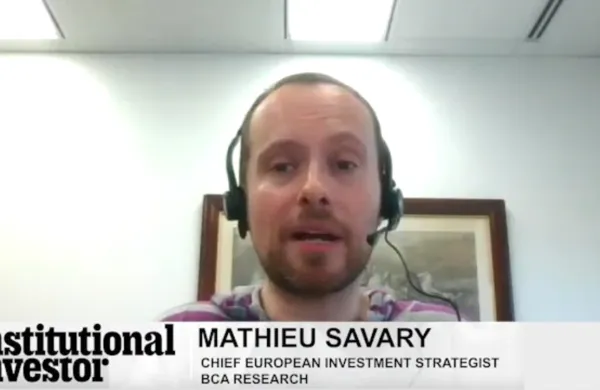With its latest package of stimulus measures, the European Central Bank has done everything short of full-fledged quantitative easing in a bid to revive growth and stave off deflation. Refi rate cut? Check. Negative deposit rates? Check. A European-style funding-for-lending scheme? Check. And if those measures, announced in early June, aren’t enough, Mario Draghi promised that the bank stood ready to do more.
Draghi’s commitment to do whatever it takes is not in doubt, but the ECB’s effectiveness is. Euro area bank capital and reserves, the raw material for fresh lending, have grown by more than 50 percent since 2008, and sovereign credit spreads and interest rates on loans to small and medium-size enterprises have fallen significantly. Yet actual bank lending is slightly lower today than at the end of 2008. Bank deleveraging seems to be a big part of the explanation. With the ECB conducting a pivotal stress test over the next five months, deleveraging is unlikely to abate any time soon. The central bank can’t force-feed credit into the European economy while its supervisory side is causing banks to rein in lending. — The Editors
(Click the image to enlarge)






